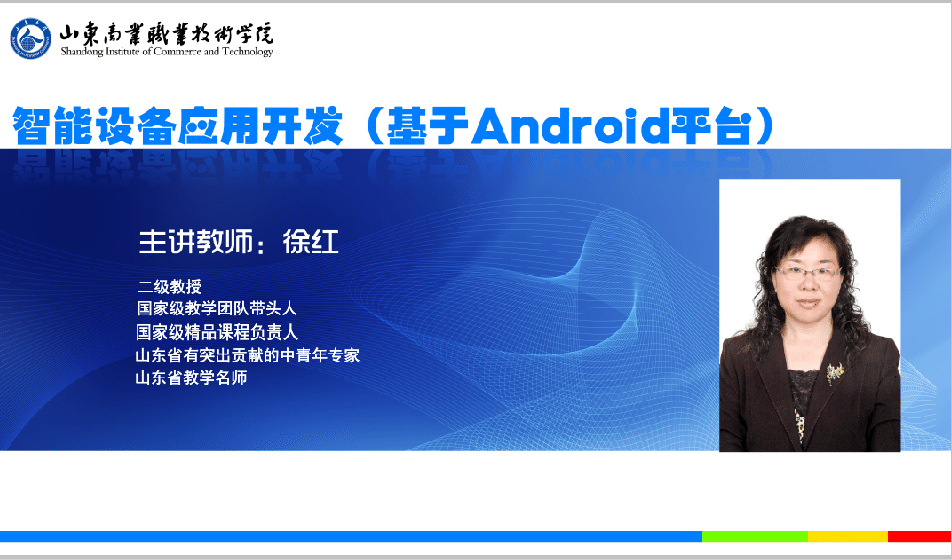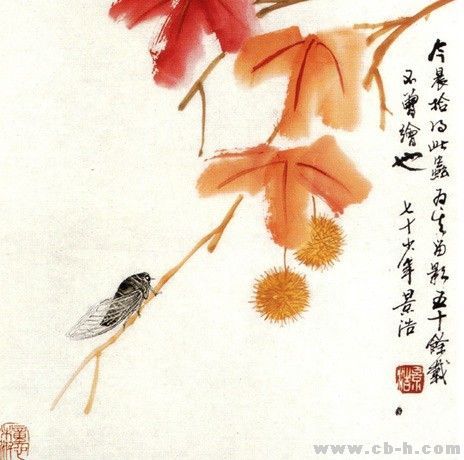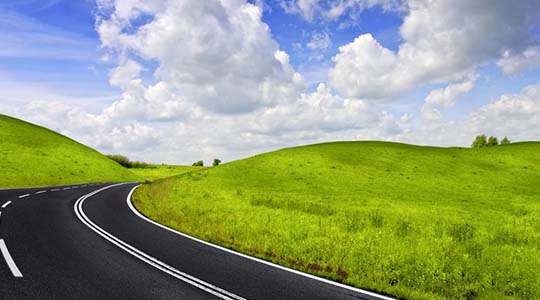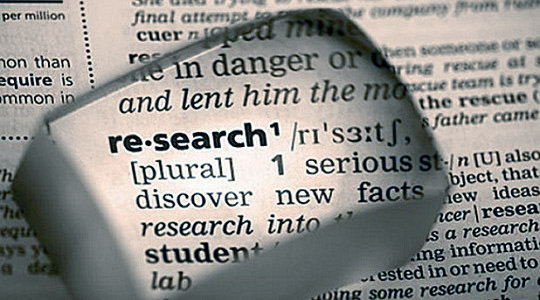
当前课程知识点:Western and Chinese Art: Masters and Classics > 6.Unrestrained-ness and unconventional-ness: Zhang Xu and Wu Daozi > 6.7The relation of painting and poetry > The relation of painting and poetry
返回《Western and Chinese Art: Masters and Classics》慕课在线视频课程列表
返回《Western and Chinese Art: Masters and Classics》慕课在线视频列表
王维的绘画从理论到创作
都强调绘画意境
及氛围的营造和表现
用我们一般的美学理论来说
他的绘画富有诗意
这就提出了画和诗的关系问题
对于王维的绘画与诗的关系
苏东坡曾经这样说到
味摩诘之诗 诗中有画
观摩诘之画 画中有诗
他强调的是诗画的统一和相互表现
与苏东坡接近,明代的学者李贽也说
画不图写形
正要形神在
诗不在画外
正写画中态
他是从形和神的关系来诠释了
苏东坡所说的画中有诗
诗中有画
清代的叶燮则更进一步的
指出画者形也
形依情则深
诗者情也
情附形则显
李贽和叶燮他们对于
苏东坡所说的画中有诗
诗中有画的诠释都是在从形和神
情和形的关系着手
他们认为诗要表现情
必须以形为载体
而画作为形的描绘
它要有意义
要有深度
又必须依于情的含蕴
所以诗和画 形和神
或者是形和情是统一的
但是也有对诗画关系不同的看法
比如说明代的学者张岱
他就着重于诗画的差异性
他有这么一段话
若以有诗句之画作画
画不能佳
以有画意之诗为诗
诗必不妙
如李青莲《静夜思》诗
举头望明月
低头思故乡
“思故乡”有何可画
王摩诘《山路》诗 兰田白石出
玉川红叶稀
尚可入画
山路原无雨
空翠湿人衣
则如何入画
又《香积寺》诗
泉声咽危石
日色冷青松
泉声 危石
日色 青松
皆可描摹
而咽字
冷字 则决难画出
故诗以空灵才为妙诗
可以入画之诗 尚是眼中金银屑也
张岱这段话是在
苏东坡 李贽和叶燮他们看到
诗与画之间的
以情或神为核心的统一性
这个基础之上进一步看到了
诗和画作为两种艺术类型之间的
深刻的区别
这种区别应当说是我们在
研究诗画关系当中应当注意的
王维的山水画思想一方面
显然是受到道家文化的影响
即遵循道家所追求的
那种幽深玄远的意境
但是同时也表现了
禅宗文化对王维的影响
禅宗所追求的那种既色既空的意味
在王维的那一片以雪意笼罩世界的
茫茫氛围之中表现得是非常的突出
也就是说在他那里
并不是具体的景物
而是那一片空茫
成为绘画
最终要表现的意味
-1.1Factual impairment between image and message
--Factual impairment between image and message
-1.2Relationship between Fact and Truth
--Relationship between Fact and Truth
-1.3The image revelry in the information age
--The image revelry in the information age
-1.4 Nature, animal and human body art
--Nature, animal and human body art
-1.5 Art: from concrete bodies to metaphorical constructions
--Art: from concrete bodies to metaphorical constructions
-1.6 On defining art
-1.7 Globalization and Consumerism
--Globalization and Consumerism
-1.8 Art and Anti-art
-1.9The value classics hold to the modern time
--The value classics hold to the modern time
-Homework1
-2.1 The occurrence of prehistoric art
--The occurrence of prehistoric art
-2.2 Mysterious cave mural paintings
--Mysterious cave mural paintings
-2.3 Symbolism of rock engravings
--Symbolism of rock engravings
-2.4 Expressive functions about prehistoric painting
--Expressive functions about prehistoric painting
-2.5 Aesthetic characters of prehistoric art
--Aesthetic characters of prehistoric art
-2.6 The tribal art of bodily operation
--The tribal art of bodily operation
-2.7 The construction to reach the heaven
--The construction to reach the heaven
-2.8 Immortal art in ancient Egyptian
-- Immortal art in ancient Egyptian
-Homework2
-3.1 The relationship between mythology and Greek culture
--The relationship between mythology and Greek culture
-3.2 The marks of the epics written by Homer
--The marks of the epics written by Homer
-3.3 Three greatest tragedy drammatists in Greece
--Three greatest tragedy drammatists in Greece
-3.4 The aesthetics woven into ancient Greek architecture
--The aesthetics woven into ancient Greek architecture
-3.5 The ancient Greek sculpture
-3.6 The Greek sculpture of the classic age
--The Greek sculpture of the classic age
-3.7 Works of Phidias
-3.8 The essence and verve of ancient Greek classical art
--The essence and verve of ancient Greek classical art
-Homework3
-4.1The beginning of Chinese painting and Calligraphy
--The beginning of Chinese painting and Calligraphy
-4.2 Majesty and divinity from bronze ware
--Majesty and divinity from bronze ware
-4.3 The Duke Mao Tripod and eternal characters
--The Duke Mao Tripod and eternal characters
-4.4The Philosophy of Chuang Tzu
--The Philosophy of Chuang Tzu
-4.5Qin Shi Huang’s Terracotta Warriors
--Qin Shi Huang’s Terracotta Warriors
-4.6The painting in the Han Dynasty
--The painting in the Han Dynasty
-4.7 The sculpture in the Han Dynasty
--The sculpture in the Han Dynasty
-Homework4
-5.1Master Chuang Tzu's impact on the Wei and Jin Dynasties
--Master Chuang Tzu's impact on the Wei and Jin Dynasties
-5.2Talking about Ji Kang
-5.3 The general spirit of the Wei and Jin Dynasties
--The general spirit of the Wei and Jin Dynasties
-5.4 Wang Xizhi and his unrivalled attainment in calligraphy
--Wang Xizhi and his unrivalled attainment in calligraphy
-5.5 A Preface to the Orchid Pavilion
-- A Preface to the Orchid Pavilion
-5.6 The penmanship of two famous calligraphers surnamed Wang
--The penmanship of two famous calligraphers surnamed Wang
-5.7Gu Kaizhi and his painting
-5.8 Great poet Tao Yuanming
-Homework5
-6.1The Chan School in the Tang dynasty
--The Chan School in the Tang dynasty
-6.2“Cursive King”: Zhang Xu
-6.3《Four Calligraphy Works of Ancient Poems》
--《Four Calligraphy Works of Ancient Poems》
-6.4Zhang Xu and Huai Su
-6.5Wu Daozi and his paintings
-6.6Wang Wei and Chinese landscape painting
--Wang Wei and Chinese landscape painting
-6.7The relation of painting and poetry
--The relation of painting and poetry
-Homework6
-7.1 The beginning of Renaissance: Giotto
--The beginning of Renaissance: Giotto
-7.2 Giotto’s naturalism
-7.3 The frescoes in the Arenal Chapel
--The frescoes in the Arenal Chapel
-7.4 The Renaissance artist in north Europe: Robert Campin
--The Renaissance artist in north Europe: Robert Campin
-7.5 The Ghent Altarpiece
-7.6 Jan Van Eyck’s secular paintings
-- Jan Van Eyck’s secular paintings
-Homework7
-8.1 The beauty of dawn during Renaissance
--The beauty of dawn during Renaissance
-8.2 The reproducer of nature: Da Vinci
--The reproducer of nature: Da Vinci
-8.3 The immortal work Mona Lisa
-8.4 The classicism of Raphael
-8.5 The Sistine Chapel ceiling
-8.6 The mythology and sculpture of Moses
--The mythology and sculpture of Moses
-8.7 Michelangelo's struggle between life and death
-- Michelangelo's struggle between life and death
-8.8 The perceptual Titian and Venice
--The perceptual Titian and Venice
-Homework8
-9.1Rubens and the Baroque Art
-9.2Poussin and his classical spirit
--Poussin and his classical spirit
-9.3Rembrandt and his aptitude of wielding light and shadow
--Rembrandt and his aptitude of wielding light and shadow
-9.4 Rembrandt in his self-portrait
--Rembrandt in his self-portrait
-9.5 Vermeer and his painting
-Homework9
-10.1Landscape painting from the Five Dynasties period to the Northern Song Dynasty
--Landscape painting from the Five Dynasties period to the Northern Song Dynasty
-10.2 Creating painting out of poetry by Emperor Huizong of Song
--Creating painting out of poetry by Emperor Huizong of Song
-10.3 Viewing the small through the large
--Viewing the small through the large
-10.4 Combining the tangible with the intangible
--Combining the tangible with the intangible
-10.5 The atmosphere of freedom, detachedness and ease of landscape painting
-- The atmosphere of freedom, detachedness and ease of landscape painting
-10.6 Dwelling in the Fuchun Mountains
--Dwelling in the Fuchun Mountains
-10.7 Friendliness in Ni Zan’s painting
--Friendliness in Ni Zan’s painting
-10.8 A pristine and boundless world in Ni Zan’s painting
--A pristine and boundless world in Ni Zan’s painting
-Homework10
-11.1The origin and expression of the madman culture
--The origin and expression of the madman culture
-11.2 The madman Li Zhi
-11.3 Xu Wei: from gifted scholar to mad man
--Xu Wei: from gifted scholar to mad man
-11.4 The aesthetic ideology of Xu Wei
--The aesthetic ideology of Xu Wei
-11.5 Xu Wei’s notions and theories on painting practise
--Xu Wei’s notions and theories on painting practise
-11.6 Miscellaneous Plants and Flowers
--Miscellaneous Plants and Flowers
-11.7 Drunkenness in Xu Wei's art
-Homework11
-12.1 Winckelmann
-12.2 Neoclassical master: David
-12.3 The Death of Marat
-12.4 The Intervention of the Sabine Women
--The Intervention of the Sabine Women
-12.5 The aestheticism works by Ingres
--The aestheticism works by Ingres
-12.6 The contrast between photography and paintings
--The contrast between photography and paintings
-12.7 Courbet and realism
-Homework12
-13.1 Rousseau and emotionalism
-13.2 Kant's view about the beautiful and the sublime
--Kant's view about the beautiful and the sublime
-13.3 Goethe, from Werther to Faust
--Goethe, from Werther to Faust
-13.4 Byron, romantic hero
-13.5 The painting laws of Romanticism
--The painting laws of Romanticism
-13.6 John Constable
-13.7 The world of Turner
-Homework13
-14.1 Western modernism and Rodin
-14.2 The Gates of Hell
-14.3 Painting conception of Manet
--Painting conception of Manet
-14.4 Impressionism of Monet
-14.5 Cezanne:the Father of the art of modernism
--Cezanne:the Father of the art of modernism
-14.6 Van Gogh:painting and life
-14.7 The art value of Van Gogh
-Homework14
-15.1 art modernism
-15.2 porcelain urinal of Marcel Duchamp
--porcelain urinal of Marcel Duchamp
-15.3 This is not a pipe
-15.4 The great innovation artist: Picasso
--The great innovation artist: Picasso
-15.5 the infinity of art
-15.6 the art after Andy Warhol
-Homework15
-Final exam



